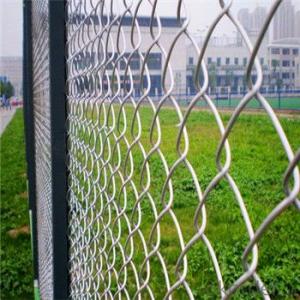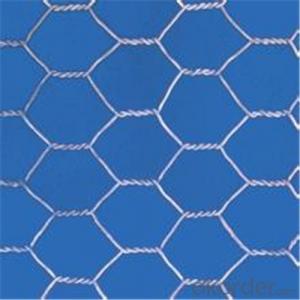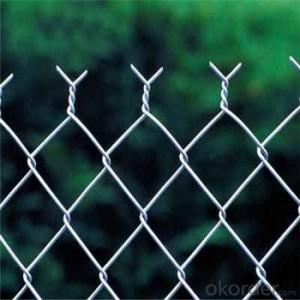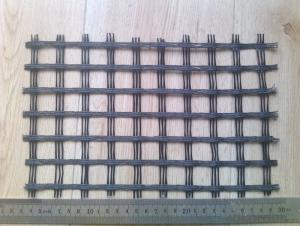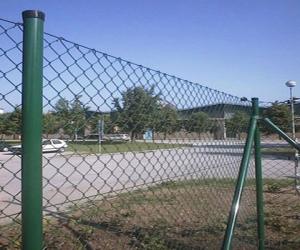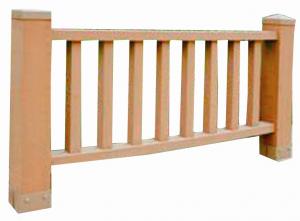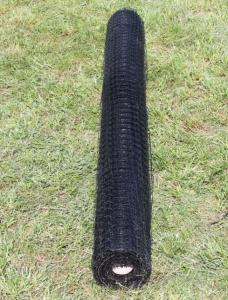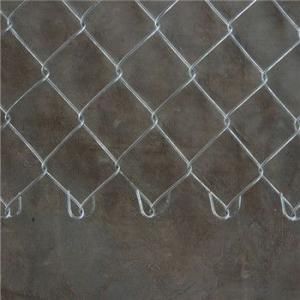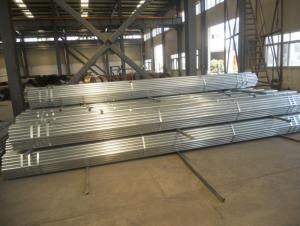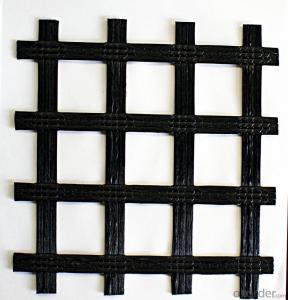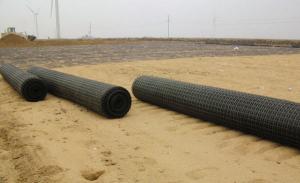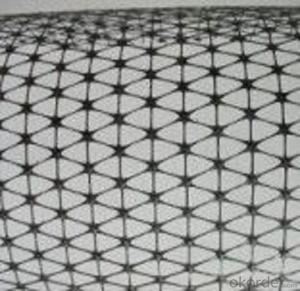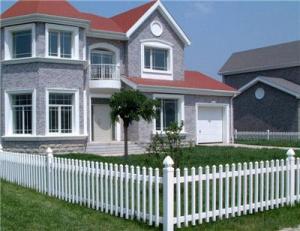Geogrid Fence
Geogrid Fence Related Searches
Fridge With Freezer On Bottom Driveway Pillars With Lights Blu Ray Player With Recorder Blu Ray Player With Internet Geogrid In Retaining Walls 1708 Biaxial Fiberglass Tape Pullout Resistance Of Geogrid Geogrid Warp Knitting Machine Srw 3 Series Geogrid Biaxial Plastic GeogridHot Searches
Fiberglass Scaffolding For Sale Fiberglass Panels For Sale Fiberglass Greenhouses For Sale Geogrid Fabric For Sale Gas Powered Core Aerator For Sale Revolution 4 Propeller For Sale Alabaster Carving Stone For Sale Geogrid For Sale Near Me Tensar Geogrid For Sale Geogrid For Sale Ex Display Log Cabins For Sale Photoelectric Cells For Sale Athletic Lockers For Sale Cubicle Partitions For Sale Stearman Propeller For Sale Palram Greenhouses For Sale Gumbo Bowls For Sale Suzuki Propellers For Sale Freight Crates For Sale Outhouse Sheds For SaleGeogrid Fence Supplier & Manufacturer from China
Okorder.com is a professional Geogrid Fence supplier & manufacturer, offers integrated one-stop services including real-time quoting and online cargo tracking. We are funded by CNBM Group, a Fortune 500 enterprise and the largest Geogrid Fence firm in China.Hot Products
FAQ
- Yes, geogrids can be used for retaining walls. Geogrids are commonly used in the construction of retaining walls to provide additional stability and reinforcement to the soil. They help distribute the load and prevent the soil from shifting, improving the overall strength of the wall.
- Geogrids are installed in the field by first preparing the subgrade surface, ensuring it is properly compacted and leveled. Then, the geogrid is unrolled and stretched across the prepared area, with overlaps at the edges for proper connection. The geogrid is then secured to the ground using stakes or pins, ensuring it is taut and properly aligned. Finally, the geogrid is covered with the desired fill material, such as soil or aggregate, which is compacted to provide additional stability and load distribution.
- Geogrids improve the performance of geocomposite drains by providing enhanced soil reinforcement and stabilization. They help to distribute the load from the surface and reduce stress on the geocomposite drain, preventing it from getting deformed or collapsing. Geogrids also increase the overall strength of the system, improving its longevity and efficiency in draining water or preventing soil erosion.
- When selecting a geogrid, several factors should be considered. Firstly, the intended application and the specific requirements of the project play a crucial role. Different geogrids are designed for various purposes such as soil stabilization, reinforcement, or erosion control. Secondly, the strength and durability of the geogrid are important considerations. The material composition, tensile strength, and resistance to environmental factors like UV radiation or chemicals should be evaluated. Additionally, the installation process and ease of handling the geogrid should be taken into account. Lastly, cost-effectiveness and the long-term performance of the geogrid should be considered to ensure an optimal selection.
- Glass fiber mesh cloth.
- Main applications are widely used in:1) wall materials (such as glass fiber wall cloth, GRC wallboard, EPS internal and external wall insulation board, gypsum board, etc.).2) reinforced cement products (such as Rome column, flue, etc.)
- The recommended geogrid connection method for specific applications depends on factors such as the type of soil, slope angle, and expected load conditions. Some common geogrid connection methods include mechanical connectors, welded connections, and soil wrap-around techniques. It is important to consult with a geotechnical engineer or follow manufacturer's recommendations to determine the most suitable connection method for a specific application.
- The typical length of a geogrid roll can vary depending on the manufacturer and specific application. However, in general, geogrid rolls are commonly available in lengths ranging from 50 to 500 feet.
- What is the tgsg15-15 geogrid
- The single belt is formed by the longitudinal and horizontal spacing or the clamping arrangement, and the welding joint is formed by adopting the welding technology of special strengthening bonding to weld the joint.











